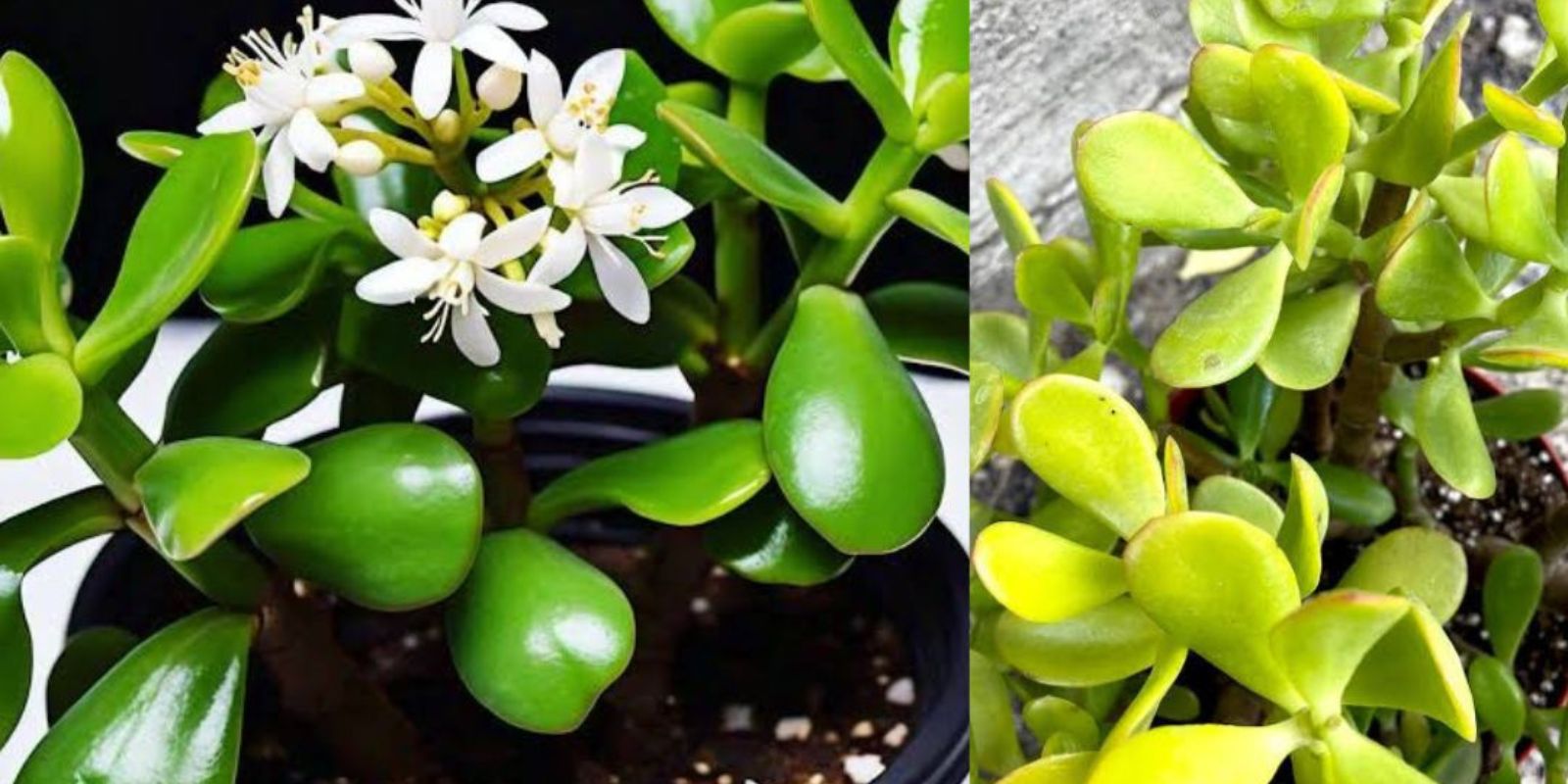The jade plant, also known as Crassula ovata, is a succulent that has captivated gardeners and plant enthusiasts for generations. This versatile plant is much more than a decorative addition to your space—it’s steeped in symbolism, practicality, and tradition. Known as the “money plant” in many cultures, the jade plant has earned a reputation as a bringer of luck, prosperity, and health. Whether you’re a seasoned gardener or a beginner looking to add a touch of green to your home, the jade plant is an excellent choice.
In this article, we’ll explore the many benefits of the jade plant, from its role in air purification to its significance in Feng Shui. We’ll also discuss how to care for this low-maintenance beauty, ensuring it thrives for years to come.
The Symbolism of the Jade Plant
One of the most alluring aspects of the jade plant is its symbolism. For centuries, it has been regarded as a symbol of prosperity, wealth, and good fortune. The thick, rounded leaves are often associated with coins, making the plant a metaphor for financial abundance.
In Feng Shui, the jade plant is particularly revered. Placing it in the southeast corner of your home or workplace, the area associated with wealth, is believed to attract prosperity and positive energy. Many business owners keep a jade plant near the entrance of their store as a sign of good luck.
The jade plant isn’t just about material wealth—it’s also a symbol of growth, longevity, and renewal. Its ability to thrive for decades with proper care makes it a timeless addition to any home.
Health Benefits of the Jade Plant
The jade plant isn’t just beautiful; it also offers several health benefits:
- Air Purification: Like other succulents, the jade plant helps purify indoor air. It absorbs toxins and releases oxygen, making your living space healthier and more breathable.
- Stress Reduction: Studies have shown that indoor plants, like the jade plant, can reduce stress and anxiety. Its calming presence helps create a peaceful atmosphere, improving mental well-being.
- Humidity Regulation: Jade plants release moisture into the air, which can help combat dryness, especially during the winter months.
- A Natural Healer: While not commonly used for medicinal purposes, jade plant sap has been traditionally used to soothe minor cuts and skin irritations in some cultures.
Caring for the Jade Plant: A Beginner-Friendly Gem
One of the reasons the jade plant is so popular is its low-maintenance nature. It’s a hardy plant that thrives with minimal effort, making it perfect for both novice and experienced gardeners.
Light Requirements
Jade plants love bright, indirect sunlight. Place them near a window where they can get 4–6 hours of sunlight daily. Avoid harsh, direct sunlight, as it can scorch their leaves.
Watering
The jade plant is a succulent, which means it stores water in its leaves. Overwatering is one of the most common mistakes people make. Water your jade plant only when the soil is completely dry, usually every 2–3 weeks. Reduce watering during the winter when the plant enters a dormant phase.
Soil and Potting
Well-draining soil is essential for jade plants. A cactus or succulent mix works perfectly. Use a pot with drainage holes to prevent water from pooling at the bottom, which can lead to root rot.
Temperature and Humidity
Jade plants prefer a warm, dry environment. They thrive in temperatures between 65–75°F (18–24°C) but can tolerate cooler temperatures down to 50°F (10°C). Avoid exposing them to frost.
Fertilization
During the growing season (spring and summer), feed your jade plant with a balanced succulent fertilizer every 4–6 weeks. Skip fertilization during the winter.
Pruning and Propagation
Pruning your jade plant helps maintain its shape and encourages new growth. Cut back leggy stems and remove any dead leaves. The jade plant is also incredibly easy to propagate—simply cut a healthy leaf or stem, let it dry for a day or two, and plant it in moist soil.
Feng Shui and the Jade Plant
The jade plant’s significance in Feng Shui cannot be overstated. According to this ancient practice, the plant attracts wealth, positive energy, and harmony.
- Placement Tips: Place your jade plant in the southeast corner of your home or office to enhance its prosperity-attracting powers.
- Gifting Tradition: Giving a jade plant as a housewarming gift is a popular tradition in many cultures, symbolizing good luck and new beginnings.
Generational Connections and Jade Plant Legacy
One of the most beautiful aspects of the jade plant is its longevity. With proper care, a jade plant can live for decades, becoming a cherished part of your family. Many people propagate their jade plants and pass them down to children or grandchildren, creating a living legacy.
Sharing jade plant cuttings with friends and family also fosters connections.

